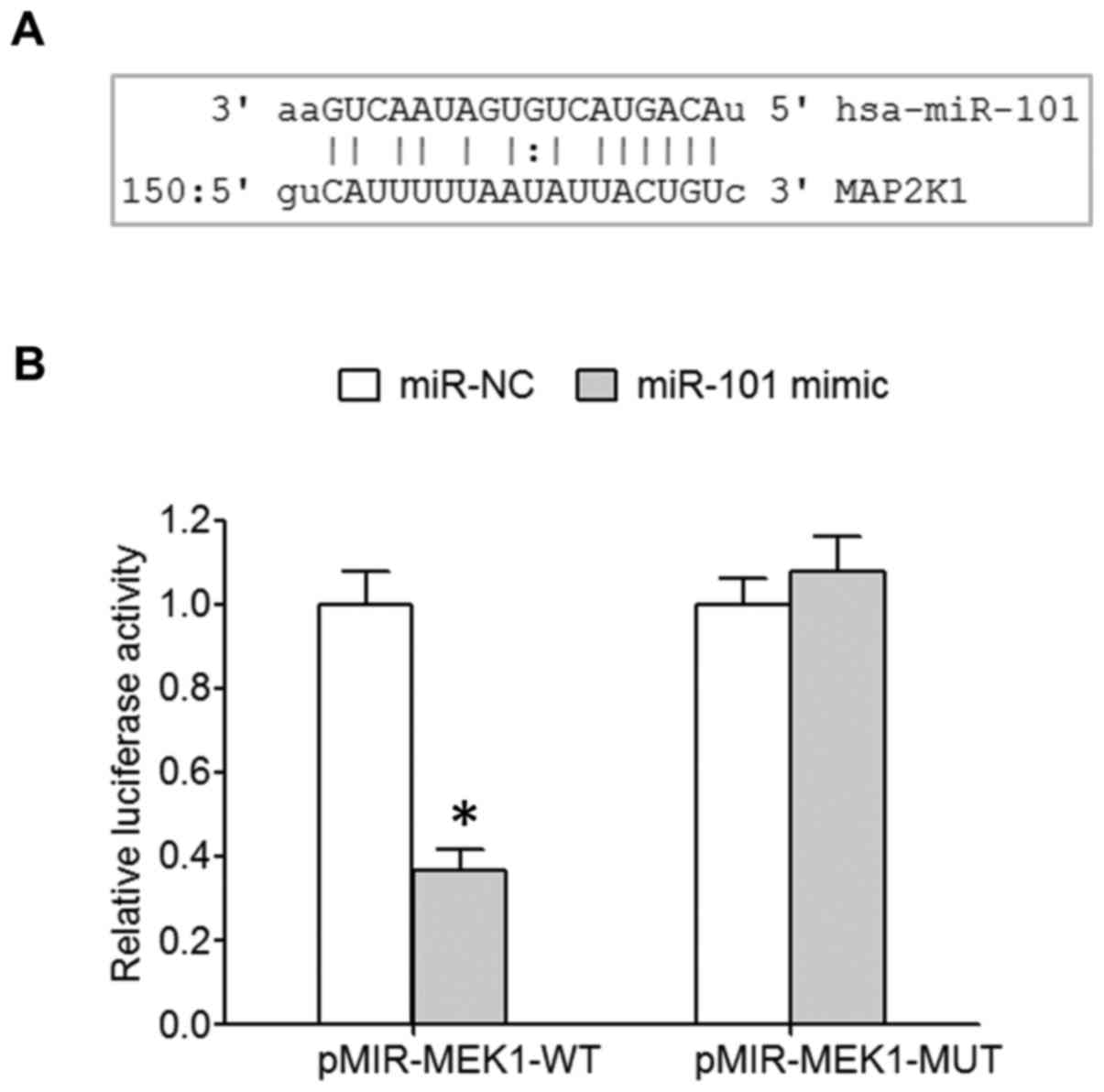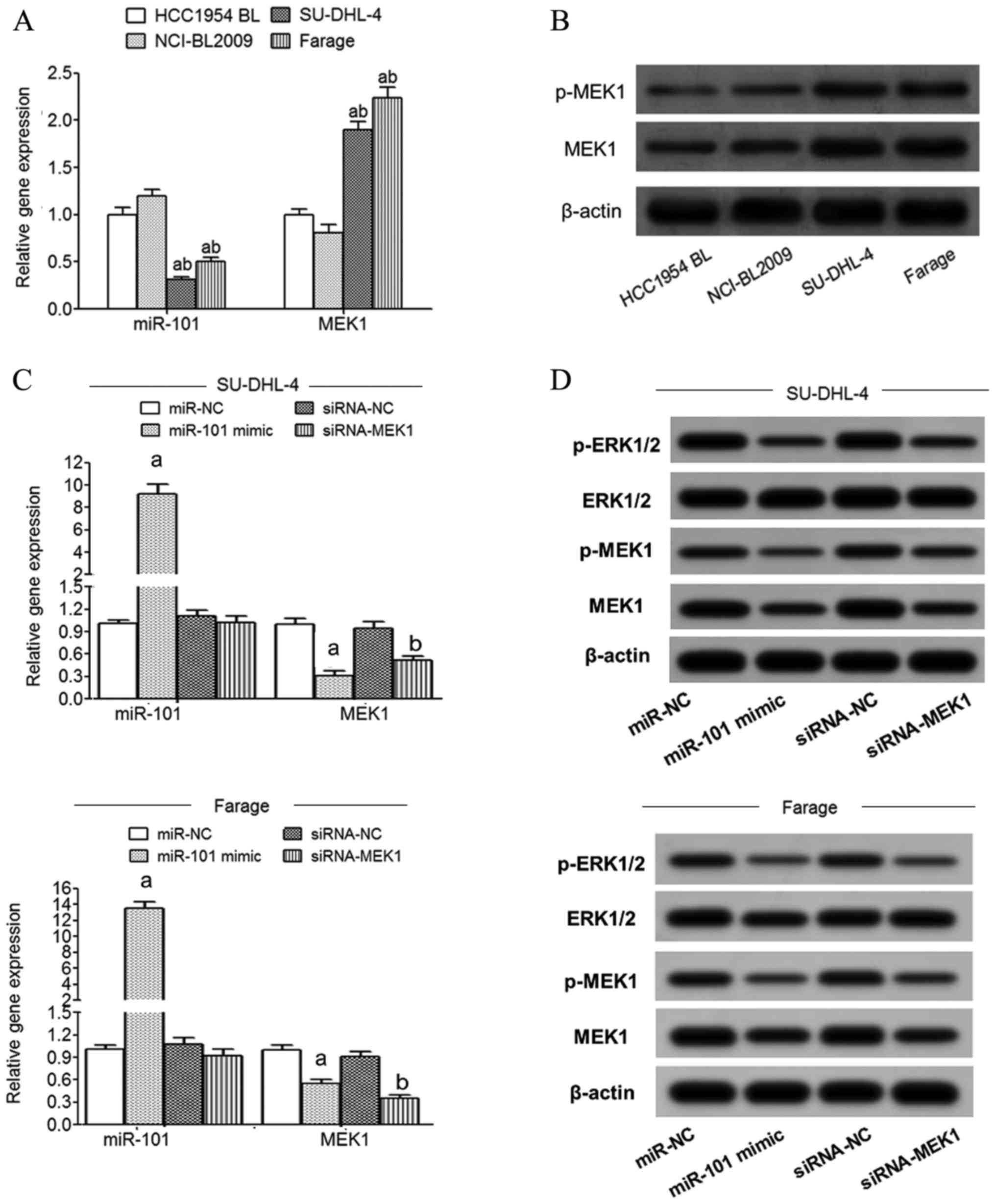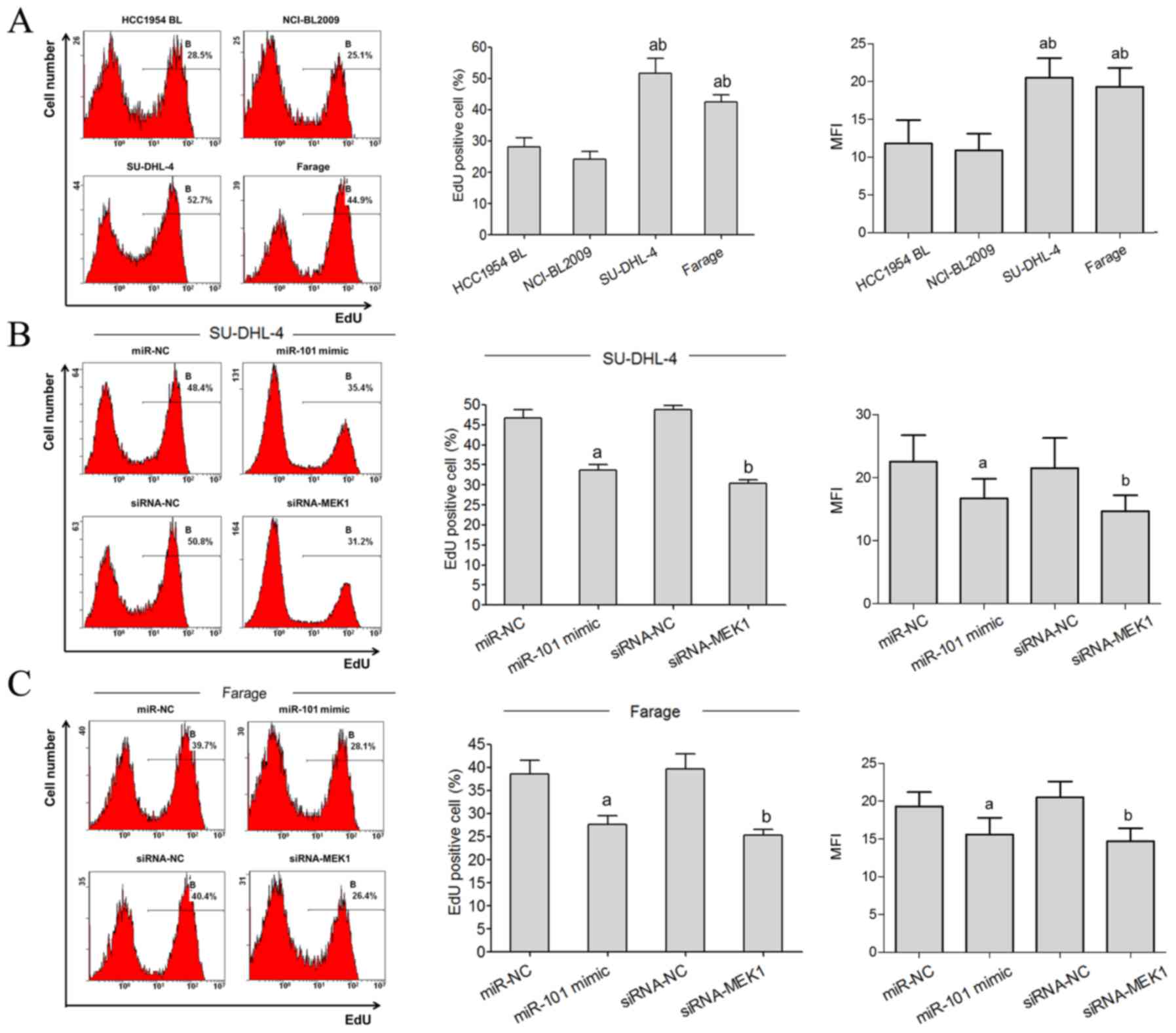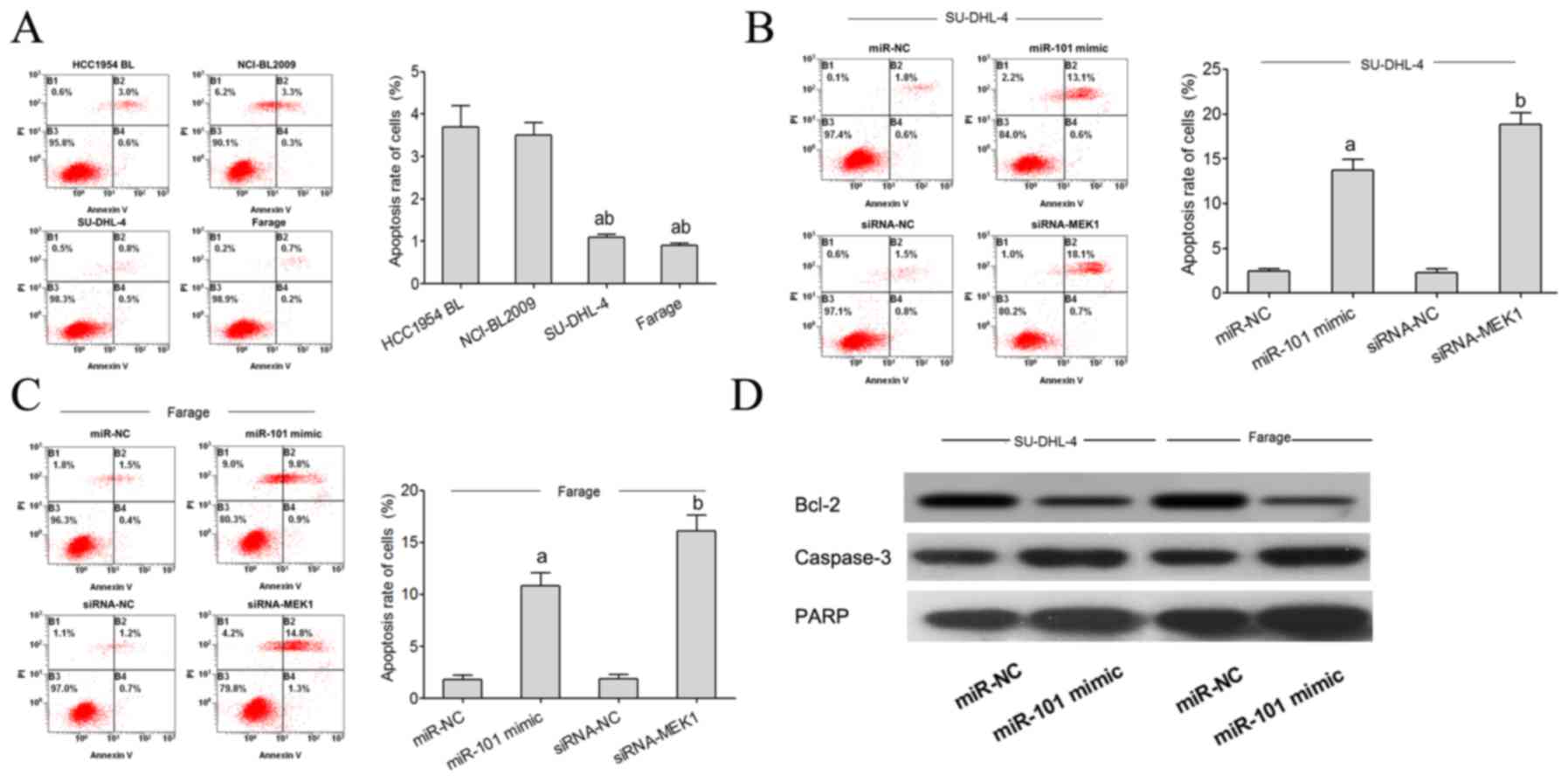|
1
|
Luminari S: Bridging the gap between
epidemiology and clinical research in lymphoma. Leuk Lymphoma.
54:1855–1856. 2013. View Article : Google Scholar : PubMed/NCBI
|
|
2
|
Smedby KE and Hjalgrim H: Epidemiology and
etiology of mantle cell lymphoma and other non-Hodgkin lymphoma
subtypes. Semin Cancer Biol. 21:293–298. 2011. View Article : Google Scholar : PubMed/NCBI
|
|
3
|
Skrabek P, Turner D and Seftel M:
Epidemiology of non-Hodgkin lymphoma. Transfus Apher Sci.
49:133–138. 2013. View Article : Google Scholar : PubMed/NCBI
|
|
4
|
Hamlin PA, Satram-Hoang S, Reyes C, Hoang
KQ, Guduru SR and Skettino S: Treatment patterns and comparative
effectiveness in elderly diffuse large B-cell lymphoma patients: A
surveillance, epidemiology, and end results-medicare analysis.
Oncologist. 19:1249–1257. 2014. View Article : Google Scholar : PubMed/NCBI
|
|
5
|
Castillo JJ, Winer ES and Olszewski AJ:
Sites of extranodal involvement are prognostic in patients with
diffuse large B-cell lymphoma in the rituximab era: An analysis of
the surveillance, epidemiology and end results database. Am J
Hematol. 89:310–314. 2014. View Article : Google Scholar : PubMed/NCBI
|
|
6
|
Gysin S, Paquette J and McMahon M:
Analysis of mRNA profiles after MEK1/2 inhibition in human
pancreatic cancer cell lines reveals pathways involved in drug
sensitivity. Mol Cancer Res. 10:1607–1619. 2012. View Article : Google Scholar : PubMed/NCBI
|
|
7
|
Pénzváltó Z, Lánczky A, Lénárt J,
Meggyesházi N, Krenács T, Szoboszlai N, Denkert C, Pete I and
Győrffy B: MEK1 is associated with carboplatin resistance and is a
prognostic biomarker in epithelial ovarian cancer. BMC Cancer.
14:8372014. View Article : Google Scholar : PubMed/NCBI
|
|
8
|
Song JY, Kim CS, Lee JH, Jang SJ, Lee SW,
Hwang JJ, Lim C, Lee G, Seo J, Cho SY and Choi J: Dual inhibition
of MEK1/2 and EGFR synergistically induces caspase-3-dependent
apoptosis in EGFR inhibitor-resistant lung cancer cells via BIM
upregulation. Invest New Drugs. 31:1458–1465. 2013. View Article : Google Scholar : PubMed/NCBI
|
|
9
|
Nguyen TK, Jordan N, Friedberg J, Fisher
RI, Dent P and Grant S: Inhibition of MEK/ERK1/2 sensitizes
lymphoma cells to sorafenib-induced apoptosis. Leuk Res.
34:379–386. 2010. View Article : Google Scholar : PubMed/NCBI
|
|
10
|
Zheng W, Liu Z, Zhang W and Hu X: miR-31
functions as an oncogene in cervical cancer. Arch Gynecol Obstet.
292:1083–1089. 2005. View Article : Google Scholar
|
|
11
|
Wang LQ, Zhang Y, Yan H, Liu KJ and Zhang
S: MicroRNA-373 functions as an oncogene and targets YOD1 gene in
cervical cancer. Biochem Biophys Res Commun. 459:515–520. 2015.
View Article : Google Scholar : PubMed/NCBI
|
|
12
|
Mou Z, Xu X, Dong M and Xu J:
MicroRNA-148b acts as a tumor suppressor in cervical cancer by
inducing G1/S-phase cell cycle arrest and apoptosis in a
caspase-3-dependent manner. Med Sci Monit. 22:2809–2815. 2016.
View Article : Google Scholar : PubMed/NCBI
|
|
13
|
Fan D, Wang Y, Qi P, Chen Y, Xu P, Yang X,
Jin X and Tian X: MicroRNA-183 functions as the tumor suppressor
via inhibiting cellular invasion and metastasis by targeting MMP-9
in cervical cancer. Gynecol Oncol. 141:166–174. 2016. View Article : Google Scholar : PubMed/NCBI
|
|
14
|
Chen LG, Xia YJ and Cui Y: Upregulation of
miR-101 enhances the cytotoxic effect of anticancer drugs through
inhibition of colon cancer cell proliferation. Oncol Rep.
38:100–108. 2017. View Article : Google Scholar : PubMed/NCBI
|
|
15
|
Lin C, Huang F, Li QZ and Zhang YJ:
miR-101 suppresses tumor proliferation and migration, and induces
apoptosis by targeting EZH2 in esophageal cancer cells. Int J Clin
Exp Pathol. 7:6543–6550. 2014.PubMed/NCBI
|
|
16
|
Liu L, Guo J, Yu L, Cai J, Gui T, Tang H,
Song L, Wang J, Han F, Yang C, et al: miR-101 regulates expression
of EZH2 and contributes to progression of and cisplatin resistance
in epithelial ovarian cancer. Tumour Biol. 35:12619–12626. 2014.
View Article : Google Scholar : PubMed/NCBI
|
|
17
|
Leich E, Zamo A, Horn H, Haralambieva E,
Puppe B, Gascoyne RD, Chan WC, Braziel RM, Rimsza LM, Weisenburger
DD, et al: MicroRNA profiles of t(14;18)-negative follicular
lymphoma support a late germinal center B-cell phenotype. Blood.
118:5550–5558. 2011. View Article : Google Scholar : PubMed/NCBI
|
|
18
|
Ng SB, Yan J, Huang G, Selvarajan V, Tay
JL, Lin B, Bi C, Tan J, Kwong YL, Shimizu N, et al: Dysregulated
microRNAs affect pathways and targets of biologic relevance in
nasal-type natural killer/T-cell lymphoma. Blood. 118:4919–4929.
2011. View Article : Google Scholar : PubMed/NCBI
|
|
19
|
Chihara D, Nastoupil LJ, Williams JN, Lee
P, Koff JL and Flowers CR: New insights into the epidemiology of
non-Hodgkin lymphoma and implications for therapy. Expert Rev
Anticancer Ther. 15:531–544. 2015. View Article : Google Scholar : PubMed/NCBI
|
|
20
|
Pancione M, Giordano G, Parcesepe P,
Cerulo L, Coppola L, Curatolo AD, Conciatori F, Milella M and
Porras A: Emerging insight into MAPK inhibitors and immunotherapy
in colorectal cancer. Curr Med Chem. 24:1383–1402. 2017. View Article : Google Scholar : PubMed/NCBI
|
|
21
|
Zhang X, Liu K, Zhang T, Wang Z, Qin X,
Jing X, Wu H, Ji X, He Y and Zhao R: Cortactin promotes colorectal
cancer cell proliferation by activating the EGFR-MAPK pathway.
Oncotarget. 8:1541–1554. 2017.PubMed/NCBI
|
|
22
|
Buchegger K, Silva R, López J, Ili C,
Araya JC, Leal P, Brebi P, Riquelme I and Roa JC: The ERK/MAPK
pathway is overexpressed and activated in gallbladder cancer.
Pathol Res Pract. 213:476–482. 2017. View Article : Google Scholar : PubMed/NCBI
|
|
23
|
Liao T, Wen D, Ma B, Hu JQ, Qu N, Shi RL,
Liu L, Guan Q, Li DS and Ji QH: Yes-associated protein 1 promotes
papillary thyroid cancer cell proliferation by activating the
ERK/MAPK signaling pathway. Oncotarget. 8:11719–11728. 2017.
View Article : Google Scholar : PubMed/NCBI
|
|
24
|
Zheng ST, Huo Q, Tuerxun A, Ma WJ, Lv GD,
Huang CG, Liu Q, Wang X, Lin RY, Sheyhidin I and Lu XM: The
expression and activation of ERK/MAPK pathway in human esophageal
cancer cell line EC9706. Mol Biol Rep. 38:865–872. 2011. View Article : Google Scholar : PubMed/NCBI
|
|
25
|
Chen P, Xu W, Luo Y, Zhang Y, He Y, Yang S
and Yuan Z: MicroRNA 543 suppresses breast cancer cell
proliferation, blocks cell cycle and induces cell apoptosis via
direct targeting of ERK/MAPK. Onco Targets Ther. 10:1423–1431.
2017. View Article : Google Scholar : PubMed/NCBI
|
|
26
|
Koyama T, Ogawara K, Kasamatsu A, Okamoto
A, Kasama H, Minakawa Y, Shimada K, Yokoe H, Shiiba M, Tanzawa H,
et al: ANGPTL3 is a novel biomarker as it activates ERK/MAPK
pathway in oral cancer. Cancer Med. 4:759–769. 2015. View Article : Google Scholar : PubMed/NCBI
|
|
27
|
Lu Z, Ding L, Hong H, Hoggard J, Lu Q and
Chen YH: Claudin-7 inhibits human lung cancer cell migration and
invasion through ERK/MAPK signaling pathway. Exp Cell Res.
317:1935–1946. 2011. View Article : Google Scholar : PubMed/NCBI
|
|
28
|
Wong KK: Recent developments in
anti-cancer agents targeting the Ras/Raf/MEK/ERK pathway. Recent
Pat Anticancer Drug Discov. 4:28–35. 2009. View Article : Google Scholar : PubMed/NCBI
|
|
29
|
Sasaki D, Imaizumi Y, Hasegawa H, Osaka A,
Tsukasaki K, Choi YL, Mano H, Marquez VE, Hayashi T, Yanagihara K,
et al: Overexpression of Enhancer of zeste homolog 2 with
trimethylation of lysine 27 on histone H3 in adult T-cell
leukemia/lymphoma as a target for epigenetic therapy.
Haematologica. 96:712–719. 2011. View Article : Google Scholar : PubMed/NCBI
|
|
30
|
Ferreira AC, Robaina MC, Rezende LM,
Severino P and Klumb CE: Histone deacetylase inhibitor prevents
cell growth in Burkitt's lymphoma by regulating PI3K/Akt pathways
and leads to upregulation of miR-143, miR-145, and miR-101. Ann
Hematol. 93:983–993. 2014.PubMed/NCBI
|
|
31
|
Merkel O, Hamacher F, Laimer D, Sifft E,
Trajanoski Z, Scheideler M, Egger G, Hassler MR, Thallinger C,
Schmatz A, et al: Identification of differential and functionally
active miRNAs in both anaplastic lymphoma kinase (ALK)+
and ALK− anaplastic large-cell lymphoma. Proc Natl Acad
Sci USA. 107:16228–16233. 2010. View Article : Google Scholar : PubMed/NCBI
|
|
32
|
Qian L, Zhang W, Lei B, He A, Ye L, Li X
and Dong X: MicroRNA-101 regulates T-cell acute lymphoblastic
leukemia progression and chemotherapeutic sensitivity by targeting
Notch1. Oncol Rep. 36:2511–2516. 2016. View Article : Google Scholar : PubMed/NCBI
|
|
33
|
Liu X, Zou L, Zhu L, Zhang H, Du C, Li Z,
Gao C, Zhao X, Bao S and Zheng H: miRNA mediated up-regulation of
cochaperone p23 acts as an anti-apoptotic factor in childhood acute
lymphoblastic leukemia. Leuk Res. 36:1098–1104. 2012. View Article : Google Scholar : PubMed/NCBI
|
|
34
|
Gahl RF, Dwivedi P and Tjandra N: Bcl-2
proteins bid and bax form a network to permeabilize the
mitochondria at the onset of apoptosis. Cell Death Dis.
7:e24242016. View Article : Google Scholar : PubMed/NCBI
|
|
35
|
Jagani H, Kasinathan N, Meka SR and
Josyula VR: Antiapoptotic Bcl-2 protein as a potential target for
cancer therapy: A mini review. Artif Cells Nanomed Biotechnol.
44:1212–1221. 2016.PubMed/NCBI
|
|
36
|
Um HD: Bcl-2 family proteins as regulators
of cancer cell invasion and metastasis: a review focusing on
mitochondrial respiration and reactive oxygen species. Oncotarget.
7:5193–5203. 2016. View Article : Google Scholar : PubMed/NCBI
|
|
37
|
Sivakumar D and Sivaraman T: A review on
structures and functions of Bcl-2 family proteins from homo
sapiens. Protein Pept Lett. 23:932–941. 2016. View Article : Google Scholar : PubMed/NCBI
|
|
38
|
Yang D, Chen MB, Wang LQ, Yang L, Liu CY
and Lu PH: Bcl-2 expression predicts sensitivity to chemotherapy in
breast cancer: A systematic review and meta-analysis. J Exp Clin
Cancer Res. 32:1052013. View Article : Google Scholar : PubMed/NCBI
|
|
39
|
Kumar SR, Kim DY, Henry CJ, Bryan JN,
Robinson KL and Eaton AM: Programmed death ligand 1 is expressed in
canine B cell lymphoma and downregulated by MEK inhibitors. Vet
Comp Oncol. 15:1527–1536. 2017. View Article : Google Scholar : PubMed/NCBI
|














